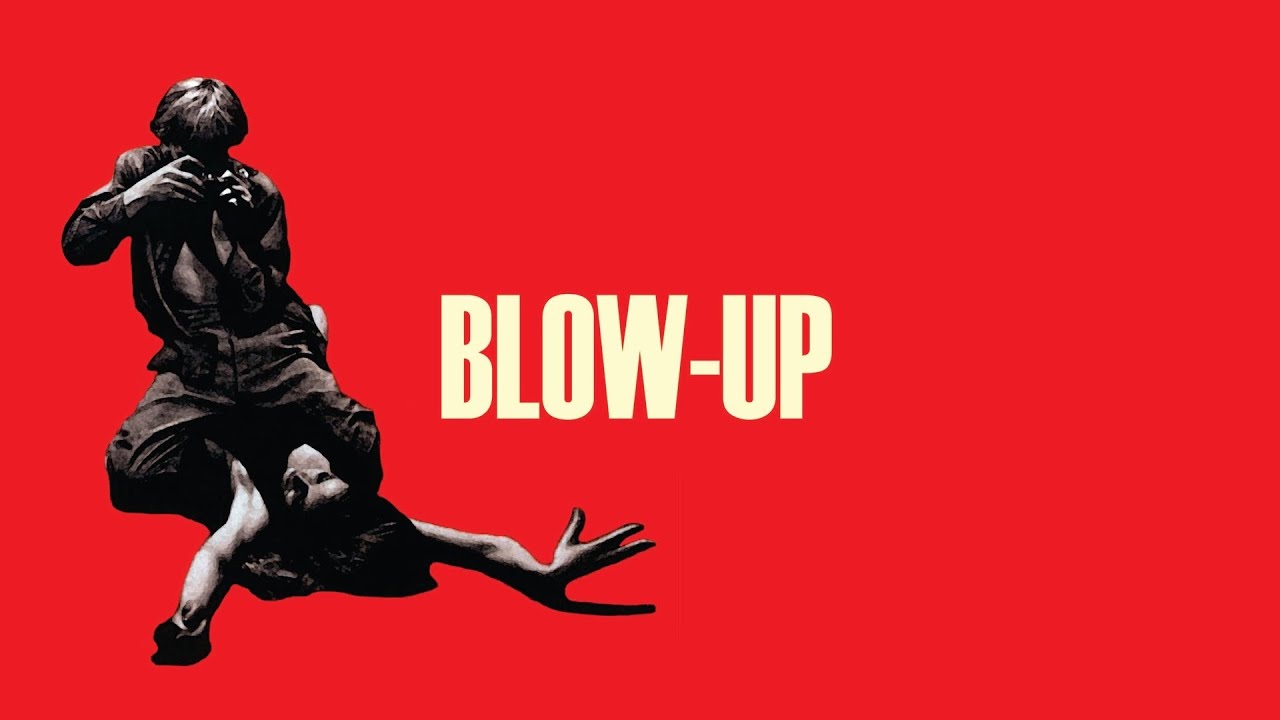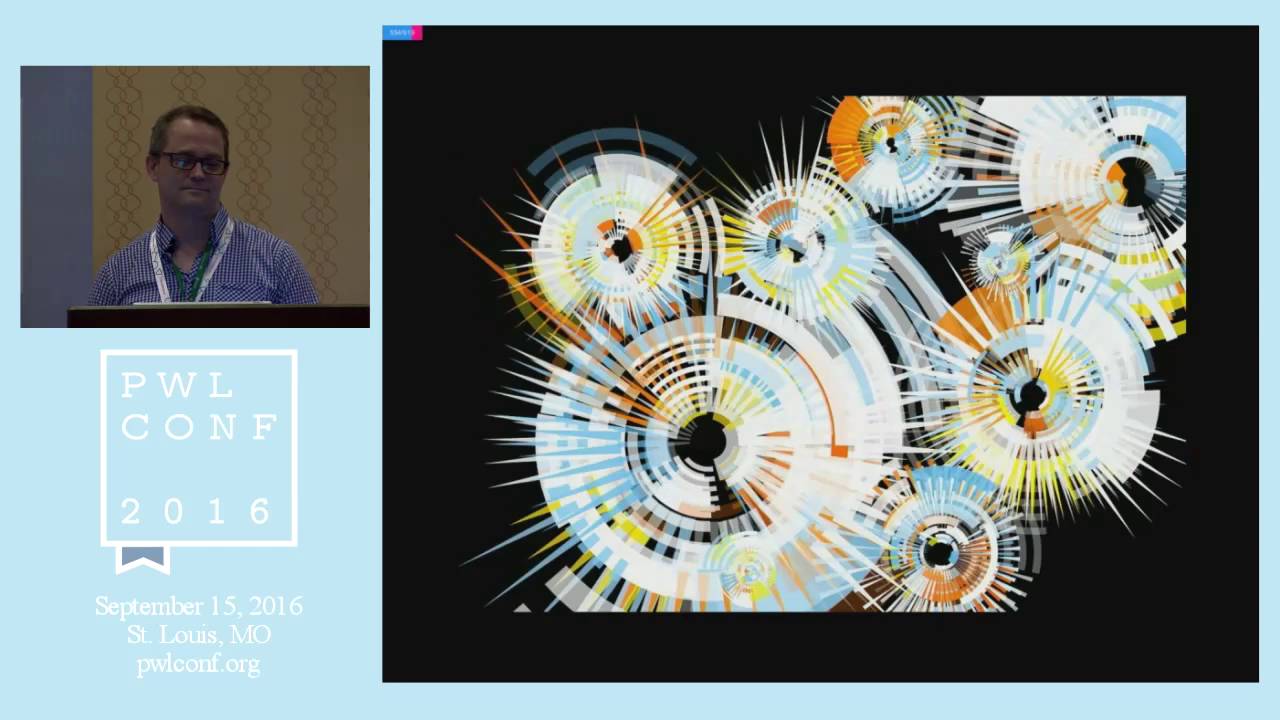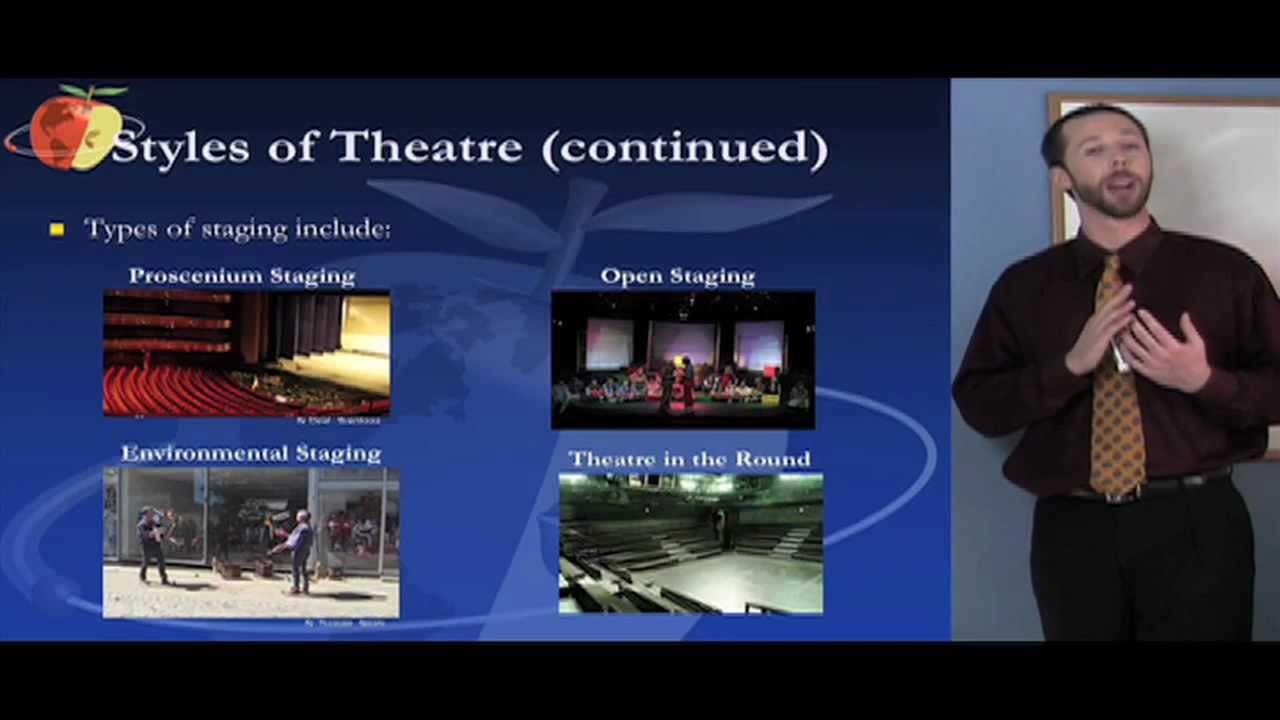My video essay analyzing the 1966 film Blow-Up. A full list of sources are available in the credits.
Questions and criticism are welcome in the comments.
Criterion Blow-Up Blu-ray: http://geni.us/g5g5q
This is an amazon affiliate, by clicking it you help support the channel.
Jack Gracie
Source




Two updates:
1. There was a song originally over the end credits, however it's just been flagged for copyright and rather than have the video blocked in about 30 countries I settled for awkward silence instead. Besides, that sort of suits the awkward voiceover.
2. In case you didn't already know Blow-Up is now officially available on blu-ray from Criterion: http://geni.us/g5g5q
This is an amazon affiliate, by clicking it you help support the channel.
great analysis. you helped me a lot on my exam!
good analysis.
But it doesn't explain why Jane gave a wrong number?
I was thirteen when this film came out. I thought it was about sex.
If you "blow up” Blow-Up you’ll notice some strange bearded pre-modernist characters in the London background chanting "Death to Freedom.” Next time Gracie feels an urge to glorify movies from the sixties he should start by looking out his own window.
So if art is only some kind of object that has the value we award to it, then indeed a Brillo box might as well be a "piece of art" in some people's minds. It makes their clothes clean and who doesn't like fresh clothing.
That being said, coming back after a few years of doing my own research, I can understand why we have this sudden surge of remodernism. People simply need to be told what is important, even among artists alot of them don't care to just make something that others might find valuable. They care alot more about the reassurance that others WILL find them valuable and, like Thomas with his photobook, care more about showing what's wrong with the world than telling us that exactly because we can choose to give value to anything we want that there are problems in the world. It seems like the end of art is really among us, if we are free to choose what has value then who will choose what is art? Hard to say, isn't it. Because even when an institution decides that something or someone is more valuable than someone else, what kind of factors do they use to make this decision? And so the art school, institution, academy, becomes the Holy Church demanding pieces to fill their churches and courtyards.
It seems that art will always be a bourgeois concept, even after all that Duchamp and Warhol did for us.
Some very interesting ideas in this video. It brings out the idea of fragmentation in the film: the "leg" in the artist friend's painting (something that has meaning for the painter) for example. I think it relates to the guitar neck in the Yardbirds scene. Everyone wants it while it's part of the experience (art experience) but when the fragment it taken out of context it becomes meaningless and is discarded. Relating the idea to Thomas's photos: he sees what he thinks is part of a dead body, and a gun aimed from the bushes. As the narrator points out, we see things from Thomas's viewpoint when he returns to the park at night. He sees "a body" but it's true that it looks more like a mannequin, and therefore is imaginary/not-real. I think Thomas moves into the realm of imagination at the end. Perhaps everything is illusion. He understands it, and so he disappears. Just my interpretation of course and thanks for this thought-provoking video discussion
Great analysis for a fantastic movie. I just finished watching it, and I imagine it'll be staying in my mind for a quite a while.
Good video. But could you please state what postmodernism is in the first place? Whatever I've come to hear or read about postmodernism seems to be a wish-washy vaguery.
I find your essay similar to this article: http://moviemezzanine.com/blow-up-essay/
But the major difference between the article and your video essay is that Elena Lazic, the article's author, believes that murder actually did take place. That this revelation upsets the photographer's glamorous and seemingly smooth life. But society has lost its ability to care about the murder (the party scene at the house). Ultimately because society is indifferent and too trapped in its own bubble of delusions, Thomas has to forget that he ever saw the murder – so he could fit back into society. The sound of a tennis ball being hit is Thomas changing himself again to compromise with other self-delusionists (here, characterized by the mime troupe).
Any thoughts on this viewpoint? To me Lazic's interpretation of 'Blow-Up' is very relevant in this "hypernormalized" world of 2018.
But now watching this video and reading more reviews of similar interpretations leaves me even more undecided.
great job, you did break the movie. Thanks
I hated this film. The Conversation, Blow out are far better films than this.
Thanks for this Jack Gracie – really interesting analysis. Would love your take on other Antonioni films in particular the one with Richard Harris – the red desert? That film is really beyond me. Would truly love your take. – Frgetting your post modernist analysis on a more simple level – i.e. my level what did u think of Hemmings. Whilst I think he's excellent and it is his most iconic performance I still think that the alleged original choice before Antonioni changed his mind – Terence Stamp – would have made Thomas a more realistic character – although re your analysis I guess Antonioni wasn't after actual realism. After having seen Stamp in his Felini film – a modern adaptation of a Poe tale I can't think of the name – I think the decadence Stamp encaptured for Felini would have worked for Thomas – then again what do I know. Would love your view re Hemings performance.
Jack would love your analysis re the red desert and Welles touch of evil. Do u intend 2 do more?
One of my all-time favorite movies.
Saw it when I was a very yound 17 in that early 80s. I didnt understand it then, maybe understand it just a wee bit more now….but ultimately i find it endlessly fascinating. Love the scene w Jimmy Page and The Yardbirds. Priceless!
Bad film, bad analysis.
Is it true the body in the park is a mannequin or is meant to be seen as one? I've never noticed that before!
Thanks very much for this review. I've often wondered why nothing mattered 😉
Blow -Up is actually about the JFK assassination… shooter in the bushes.
After watching the strange but compelling film I needed this analysis to still my spinning head.
It seems i have much to learn about art through film.
Thank you.
what is the music? please!
This is an over-complicated analysis of the plot which completely misses the point of the movie.
The point of the movie is the human apathy that modernist "trendiness" generates – whether for good or bad – when confronted by serious matters of life and death.
Perfect contemporary examples were the assassination of JFK and the war in Viet-Nam.
To suggest that the murder is a figment of Thomas's imagination is absolute rubbish. Why, there is even a corpse, which he discovers after dark – until someone else (the assassin?) returns to remove it.
Why would Redgrave go to so much trouble to recover the spool, otherwise?
Gracie is a misguided film-buff, indulging his Freudian fantasies.
My 1st wife was in the movie, btw.
what baloney.
dude your analysis of this movie is spot on love this movie and the yard birds ruled
the yardbirds scene is the "telegraph " scene for the meaning of the film. the broken head and neck of the electric guitar are a visual metaphor for the photo of the dead man in the park. when the main ch. throws away the broken guitar parts and they are picked up and looked at by the passerbys they thrown them away as well because just as the photo of the dead man in the park they have no meaning taken out of context.
Excellent analysis. Though I've seem the film a few times over the years, this provided much new insight. Now I'll have to watch it again – or perhaps just imagine watching it.
Yeah got a few problems with that ,1) post modernism didn't really exist in 1966 , it had no diffusion in the culture ( unlike existentialism and the nihilism of beatniks ect) it only really existed in embryonic form in the obscure world of Parisian academe .2 ) How do we know your projection analysis isn't a similar displacement of romantic jealousy ? in other words your analysis is just a fantasy like the man with the gun ? Not real either. 3) The major weakness of Post Mod it's ahistorical , dreamt up by anti Marxist who's 60s dreams of actually changing anything went up in smoke.( They had to find a rest home themselves) You seem to be caught up in an overly post mod loop : they are anti realists , so how can a reading of Blow Up be other than anti realist , ahistorical .? Does he disappear at the end because of his private fantasy / displacement? Or because this phase of transitory capitalism , consumerism , hedonism is it's self anti realist , displacing Jealousy , Politics , Art , Death , and the self in alienation negation , the existence or non existence of which is irrelevant to it's order . He disappeared at the end because he was meta displaced by a form of historical production
ect , in a sense he never existed as a real self, the Manakin is in fact himself , the romance was never actually real , would agree with Ebert about his enigmatic gazing ………a fantasy within a transitional period, which precludes any personal or social realism . The totality of historical closure , unreality . A world of post modern production . Meta nothingness for those against it . A remake of Blow Up would probe that meta unreality .
¿¿¿…loss of creator's constant acknowledgement of creation @
alcoholism @
rehab
…???
Solid analysis
this is an excellent analysis!! thank you!
Few people seem to understand that this movie is against post modernism. The hero in the film is living a life of fantasy that is the new modern view of man, soulless and selfish. In the ending he finally accepts the fantasy he is living and he dissapears from reality.
Great analysis, well done
Wow, your analysis is spot on amazing. Great work! So fascinating. Just finished the film and trying to deconstruct everything.